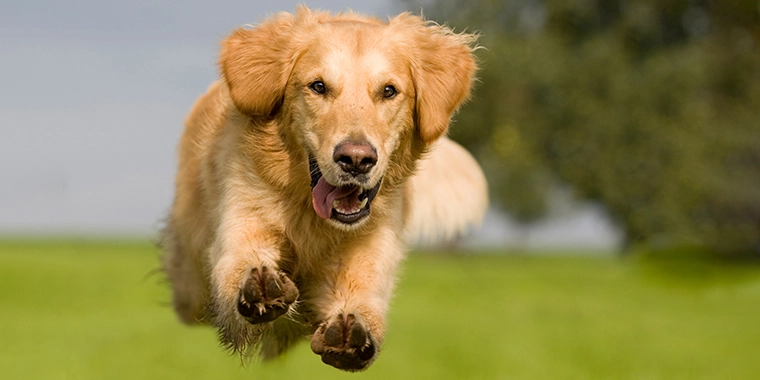
This article is about puppy training but also applies to any other new dog you may bring home.
I will go to a client’s house that just got a new puppy. They are following the puppy around saying “no” and by the 5th “no” they are yelling “NO”. First things first, does the dog even understand the word? I promise that when dogs are born, they aren’t magically aware of the word. You have to teach them. Several different ways to teach them to include redirection and using a reward, engagement, and if the dog continues, say “no” and then disengage immediately, and after you teach leash communication, use pressure on and off paired with “no”.
After successfully working with clients, this list is the go-to when working with your dog at home. This is taught in all of our obedience lessons and classes. Teaching your dog new things or even working with your dog on the things he already knows really improves your relationship by showing them that you are their advocate, that you are clear and stable. Stability and structure are necessary for your relationship. A dog does not always take an affective correction from a random person, establish yourself as a guide/teacher/El Jefe.
Before you start each puppy training session make sure you set the session up for success.
Set Your Puppy Up for Success:
- Puppies get distracted—put a leash on them.
- Some dogs don’t want to down on a cold floor—use a rug or towel.
- Put treats in a pocket or treat pouch.
- Use very small training treats at first.
- Please no baby talk when using commands (it adds more steps to remove).
Keys to Puppy Training:
- Consistency: Remember to use the same command words and rules every time.
- Short and sweet: Always remember to use the word only once. When you repeat the word and your dog ignores it, the dog thinks it’s ok to ignore the word. When you say the word, give them a chance to process and think.
- Working on the “come” command: in the beginning, always work with the leash on your dog. Say the dog’s name with the word “come” or “here”. If your dog hesitates, you can reel him in and treat him when he arrives. Start in a sterile environment such as your home and in the beginning do short distances such as a couple of feet.
- Rewards (verbal, verbal+tactile, high-value treat, toy, food, engagement): Let your dog know that what they are doing is what you want, but you need to make sure you are reinforcing a wanted behavior, not just hand feeding. This is where timing comes into play.
- Timing: You want to reward your dog immediately when they do what you ask them to do. The same goes for correcting them. A delayed reaction from you will confuse the dog.
- Commands: only use commands that your dog knows 100% unless you are in a position to help the dog to get it right. (So make sure you have a leash on them).
- Tonality: Remember that dogs pick up on your tone of voice and your body language! If you don’t sound happy, you may confuse your dog!
- Positivity: If your dog starts to lose interest, end the lesson on a positive note. Try and get one last positive exercise in, then stop it right there. You can always start another session a few hours later.
- Randomize: Always switch up the way you call out commands, unpredictability keeps your dog thinking.
- Duration: Vary the length of your training sessions. We aren’t suggesting you work with your dog for 5 hours a day. Do a 5-minute session here, do a short session during commercials, ask them for 6 different commands before you set their food down, etc.
